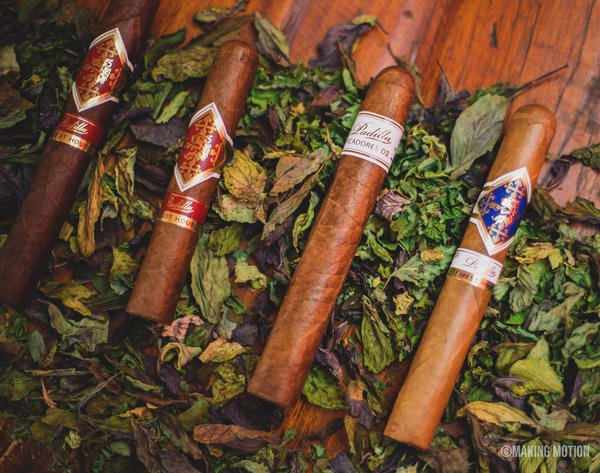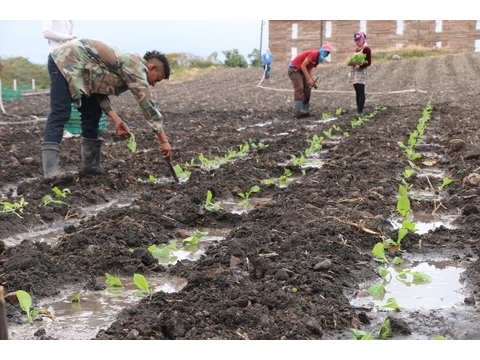Flavouring Tobacco – Additional Taste

In recent years, flavouring tobacco has been on the rise in Germany. Purists are less impressed by flavours like vanilla, banana, coconut, or whisky. However, for beginners, especially pipe smokers, flavoured tobacco varieties can be highly appealing. This raises the question of the techniques used to flavour tobacco and the effects they achieve.
What Is Tobacco Flavouring?
The demand and supply of flavoured tobacco are both steadily growing. Tobacco with sweet and fruity flavours is particularly popular.
Natural Fermentation
It is important to distinguish flavouring with added flavour substances from natural fermentation: this is a biological process during which microorganisms break down the tobacco as it matures, significantly influencing its flavours. The natural aromas present in tobacco can be enhanced or subdued as desired. These flavours range from woody, earthy, spicy, and sweet to nutty notes.
Flavouring
Flavouring with added substances aims to provide tobacco with additional flavours that go beyond the natural ones. Using various methods, tobacco is infused with artificial or natural flavouring agents to introduce tastes like fruit, spices, vanilla, menthol, and more. By flavouring tobacco, manufacturers aim to offer a broader range of tastes and stand out in the market. Additionally, they seek to provide an alternative for smokers who dislike the typically bitter taste of pipe or cigar tobacco.
How Are Cigars Flavoured? – Methods of Flavouring
Various methods exist for flavouring tobacco. These involve either aromatic solutions or the use of pressure or heat. The method used depends on the type of tobacco product and the desired aromatic outcome. Some methods also produce a more intense flavour than others. Here’s an overview of the most common flavouring techniques, along with their advantages and disadvantages:
| Method | Description | Tobacco Type | Advantages | Disadvantages |
|---|---|---|---|---|
| Topping | At the end of the curing process, a flavoured solution is applied to the tobacco, often mixed with alcohol. | Pipe tobacco, cigarillos | Intense flavour | May taste overpowering to some smokers; flavour can fade over time |
| Casing | In this delicate process, tobacco is infused with a liquid, aromatic solution at the start of curing, often using alcohol for deeper penetration. | Pipe tobacco, cigar tobacco | Flavour is evenly distributed | |
| Flavor Infusion | The desired flavours are introduced into the tobacco under pressure, ensuring even distribution. | Pipe tobacco, cigar tobacco, cigarillos | Pleasant flavour for smokers, as it is carefully controlled by manufacturers | May be more expensive due to the technological complexity |
| Cavendish Process | Tobacco is infused with aromatic substances like sugar, rum, or syrup. It is then repeatedly heated with steam and pressed, resulting in dark tobacco. | Pipe tobacco | Can achieve a very complex flavour | May be more expensive due to the lengthy fermentation process |
Flavours – A Wide Range
In theory, tobacco can be flavoured with virtually any taste, as flavours can be chemically extracted or synthesised and blended into the tobacco. These flavours can be dominant or balanced with the natural taste of the tobacco. Contrary to popular belief, flavour additives have also made their way into premium cigars, such as the CAO Bella Vanilla.
In addition to classic flavours, more and more manufacturers are offering unique aromatic options, including:
- Sugar (e.g., cane sugar, cane syrup)
- Vanilla
- Honey
- Cardamom
- Clove
- Chocolate
- Liquorice
- Anise
- Cinnamon
- Coffee
- Peppermint
- Cherry
- Strawberry
- Plum
- Mango
- Peach
- Melon
- Blackcurrant
- Coconut
- Banana
- Apricot
- Whisky
- Rum
- Cognac
- Red wine
and many more.






